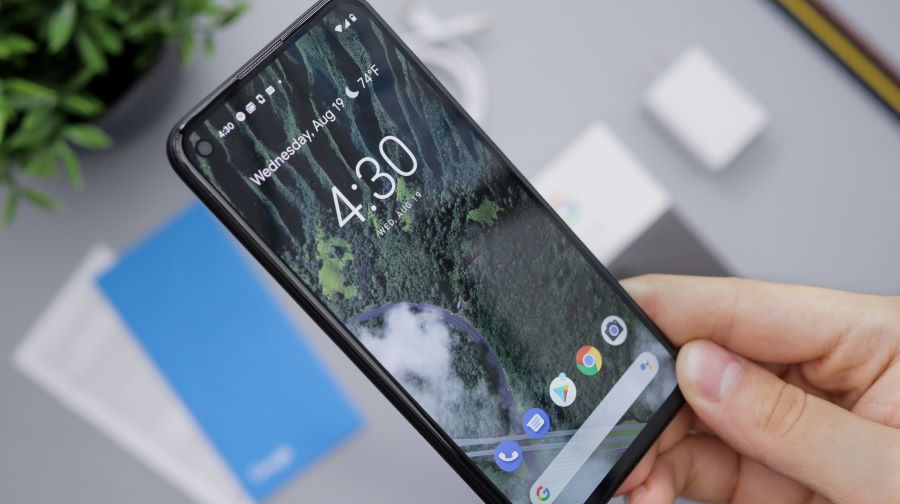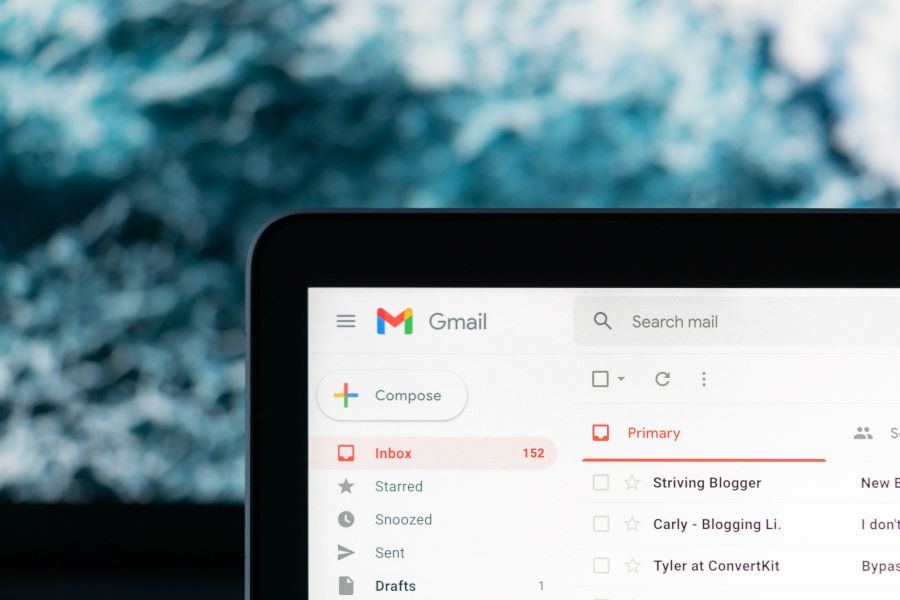Getting a screen protector for your phone is as important as getting a CCTV camera for your home. Imagine buying an expensive phone but not guarding the screen. A mobile screen protector not only protects your phone from getting damaged but also makes it look good. Having a large scratch on your phone is like having an itch in your head that you cannot scratch. Furthermore, when it comes time to update, the resale value of the item decreases. A cell phone screen protector can help keep the surface clean, but purchasing one is more difficult than it should be. Let’s read more to know more about mobile phone screen protectors.
Buy Airtel Postpaid with exciting benefits!
Also read: How to Factory Reset or Format your Android Mobile Phones?
What Kind of Screen Protector Should I Get for My Phone?
One of the most important features of a smartphone is the screen protector. When it comes to protecting your phone screen, you must choose between screen protectors and tempered glass. They will help to protect your phone displays from common scratches, breaking, or other damage.
All it does is provide an additional layer of protection to your standard phone screen. Investing in a solid screen protector is the best approach to limit the risks of getting broken displays especially if you are very clumsy.
Also read: How to Boost Internet Speed on Your Android Phone?
Do I Really Need a Screen Protector?
Let’s check different types of screen protectors and then you can choose the best suited one for your mobile phone.
Tempered Glass
They are the more typical option for you if you are looking to cover your phone screens without damaging the corners. Tempered glass screen protectors are manufactured by rapidly heating and cooling the glass. Glass becomes very robust as it is exposed to both tremendous heat and fast cooling. They are cheap and tough.
The tempered glass includes three layers: an oleophobic nano-coating, an anti-shatter film, and a penetrable silicone coating. These compressed layers increase the heat and scratch resistance of tempered glass, making it up to five times stronger than regular glass.
Also read: How to Protect your Device from SIM Cloning?
Thermoplastic Polyurethane (TPU)
It is a high-quality screen protector with scratch resistance, flexibility, increased brightness. The TPU film is an elastic material with a self-healing property, that allows it to absorb a certain amount of impact energy while retaining all or most of its original structural integrity. For example, a minor scratch will only leave a tiny pit on the film, and it will gradually return to normal.
TPU screen protectors are often treated with appropriate UV light absorbers throughout the manufacturing process to improve weather resistance and anti-yellowing properties. TPU film has a greater sense of touch than glass, however it is not as smooth.
Polyethylene Terephthalate (PET)
The PET screen protector is made of polyester material with a scratch-resistant matte coating on one side and a silicone adhesive on the other. good-quality PET screen protectors have good transmittance and offer a scratch-resistant layer to the screen, but they can only guard against scratches from nails, coins, and keys. PET film is less expensive, however, it is prone to changing colour and turning yellow when exposed to sunlight while in use, as well as becoming polluted with oil stains and having a less pleasant touch than glass.
Nano Liquid
Liquid screen protectors claim to safeguard your phone simply by putting a solution on it and rubbing it off. These protectors have several characteristics that make them difficult to recommend. While it may give some extra protection, the coating is so thin that even serious scratches are likely to pass through to the real screen, defeating the purpose of a mobile screen protector.
Furthermore, you cannot just take this off and replace it with another screen protector. This makes it difficult to test because you can’t just scratch and peel it off.
Also read: What to do if my phone gets hacked?
So Which Screen Protector is the Best?
Most people go with tempered glass as their popular choice for screen protection. It is tough, reliable, inexpensive, and easily available in the market. Tempered glass screen protectors outperform plastic in terms of drop and scratch resistance. Some brands may provide additional features like antiglare and privacy technologies.
Conclusion
Screen protectors can absorb the shock caused by any collision and give the required protection against drops and scratches. Screen protectors are created from multi-layered sheets of sophisticated polymers that give all the security that your smartphone requires. Therefore, if you still do not have a screen protector for your phone, get it done today to avoid any scratch and crack.


 Get App
Get App  Airtel Store
Airtel Store  Login
Login 


